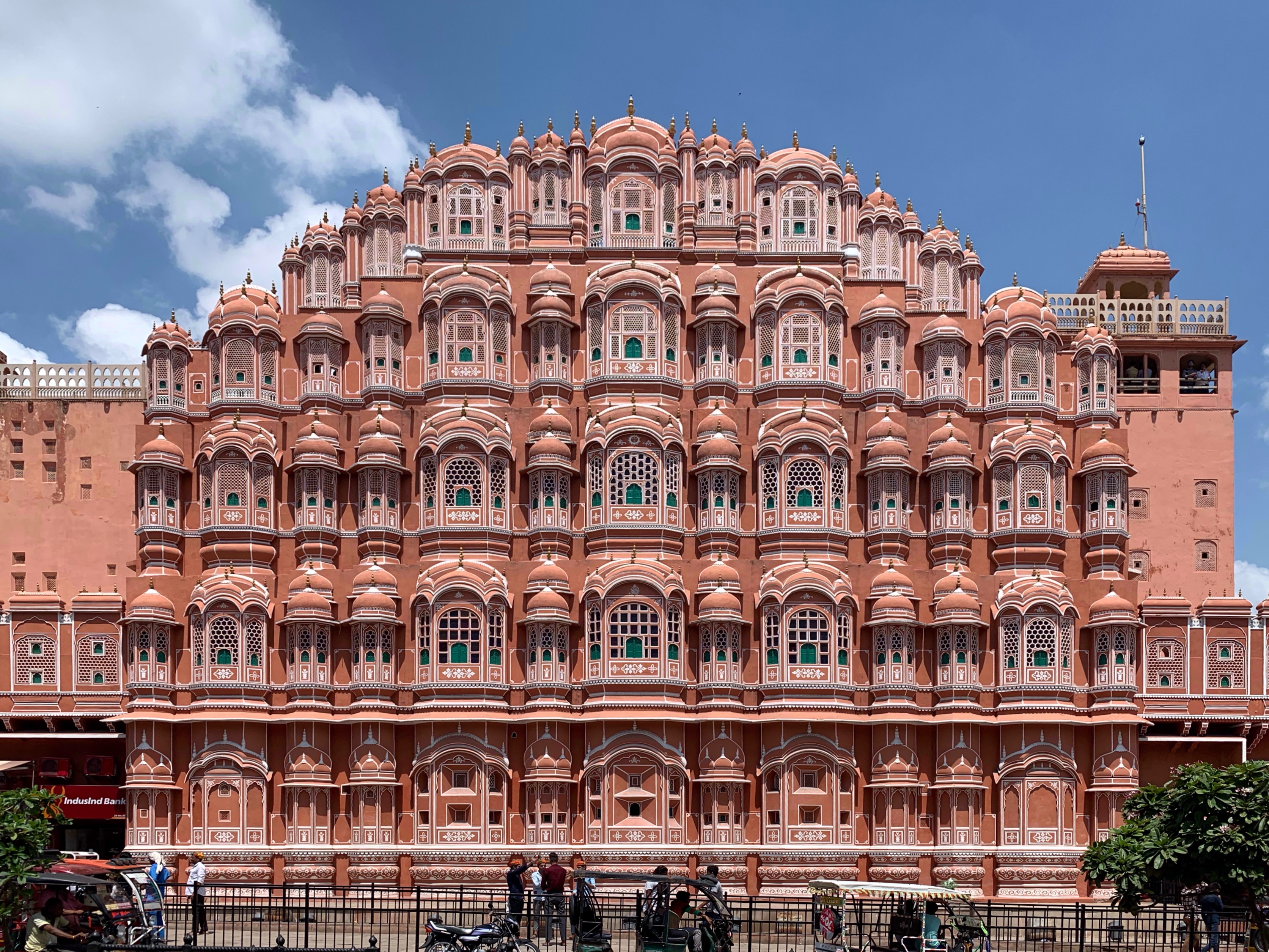Rajput Prince Built One of India's Best-Planned Cities 300 Years Ago

Introduction
India's rich tapestry of history is woven with tales of valor, culture, and architectural marvels. Among the many contributions of India's diverse dynasties, the planning and creation of magnificent cities have always stood as a testament to their vision and ambition. In this article, we will explore the story of a Rajput prince who, over 300 years ago, built one of India's best-planned cities - a place that remains an architectural and historical wonder even today.

The Visionary Ruler
Maharaja Sawai Jai Singh II, a Rajput prince and the ruler of the kingdom of Amber, played a pivotal role in shaping the historical and cultural landscape of India in the early 18th century. He is best known for his keen interest in astronomy, urban planning, and architecture. This multifaceted ruler dreamt of creating a city that would blend the principles of Vastu Shastra (Indian architectural guidelines) and the scientific precision of astronomy.

The Birth of Jaipur
In 1727, Maharaja Sawai Jai Singh II founded Jaipur, which was then known as 'Jayapura,' or the 'City of Victory.' The city was planned meticulously, reflecting his fascination with science and his dedication to the betterment of his people. Under the guidance of Maharaja Sawai Jai Singh II, Jaipur became one of the best-planned cities in India, following a grid-based layout that was groundbreaking for its time.

Urban Planning and Architecture
Jaipur's city plan was a testament to the ruler's commitment to harmonize architecture with astronomy. The city was designed following the principles of the ancient Indian architectural treatise, the Vastu Shastra. It's based on the belief that a well-planned city would bring prosperity, harmony, and good fortune to its inhabitants.
The city is divided into nine blocks, representing the nine divisions of the universe according to Indian cosmology. The most famous of these divisions is the City Palace, located at the city's center, symbolizing the Earth. The other eight divisions are for various functions, including residential, commercial, and religious purposes.
One of the most remarkable features of Jaipur's urban planning is the use of the grid system, which was uncommon in India at the time. The streets of Jaipur are laid out in a precise grid pattern, making navigation through the city a straightforward and organized experience. This design not only reflects the ruler's fascination with geometry and precision but also ensures the efficient use of space.
Astronomy and the City
Intriguingly, the city's layout is closely linked to astronomy, a passion of Maharaja Sawai Jai Singh II. He had a deep interest in celestial observations and recognized the significance of precise astronomical measurements for various aspects of life, including timekeeping, religious ceremonies, and navigation.
To facilitate his astronomical pursuits, the Maharaja built five observatories across North India, collectively known as the Jantar Mantar. The Jantar Mantar in Jaipur is the most famous among them and stands as a UNESCO World Heritage site. This colossal astronomical observatory is a marvel of precision engineering, with instruments designed to measure the positions of celestial bodies with astonishing accuracy.
The construction of the Jantar Mantar exemplifies the ruler's dedication to combining science and architecture. The observatory includes enormous instruments like the Samrat Yantra, the world's largest sundial, which can measure time with a margin of error of just two seconds. Another notable instrument is the Jai Prakash Yantra, a massive bowl with two hemispherical cupolas, which allows for pinpoint observations of celestial objects.
Legacy and Modern Jaipur
The legacy of Maharaja Sawai Jai Singh II lives on in the city he created. Jaipur has retained its unique architectural and urban planning features, which continue to captivate both locals and tourists. The city's pink-hued buildings, constructed during the reign of Maharaja Sawai Ram Singh in the late 19th century, give Jaipur its nickname, "The Pink City." This tradition of painting the city pink during his reign has been maintained, and the practice persists to this day.
Jaipur is not just a historical city; it is a thriving metropolis with a perfect blend of tradition and modernity. It has emerged as an educational, cultural, and economic hub in Rajasthan. The city remains a prime tourist destination, attracting visitors from all around the world who are fascinated by its architecture, culture, and rich heritage.
Conclusion
The story of Maharaja Sawai Jai Singh II and his creation of Jaipur stands as a testament to the vision, dedication, and multifaceted genius of India's historical rulers. This Rajput prince, with his love for astronomy and architectural precision, transformed his dream into a reality by creating one of India's best-planned cities over 300 years ago.
The enduring legacy of Jaipur lies in its well-organized grid system, its rich architectural heritage, and its deep-rooted connection to astronomy. As visitors explore the city's streets, they can still witness the blend of science and tradition that continues to define Jaipur to this day. Maharaja Sawai Jai Singh II's creation is a living tribute to a ruler who dared to dream big, creating a city that would forever be remembered as one of India's architectural marvels.






No comments:
Post a Comment